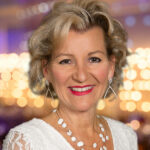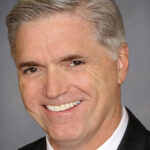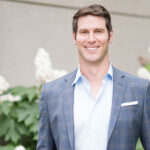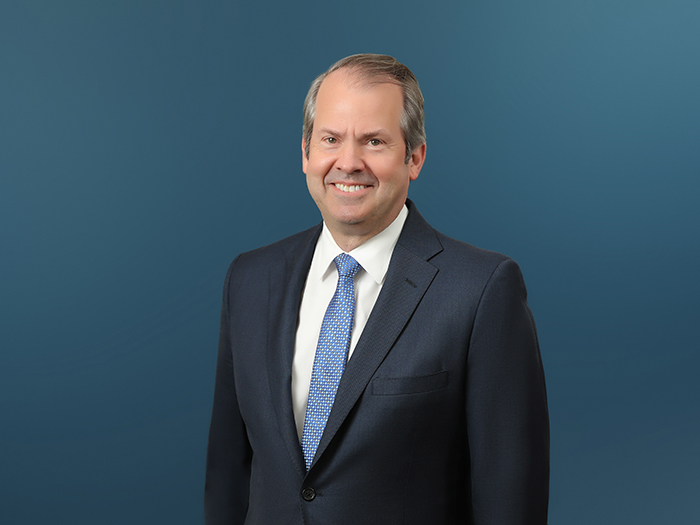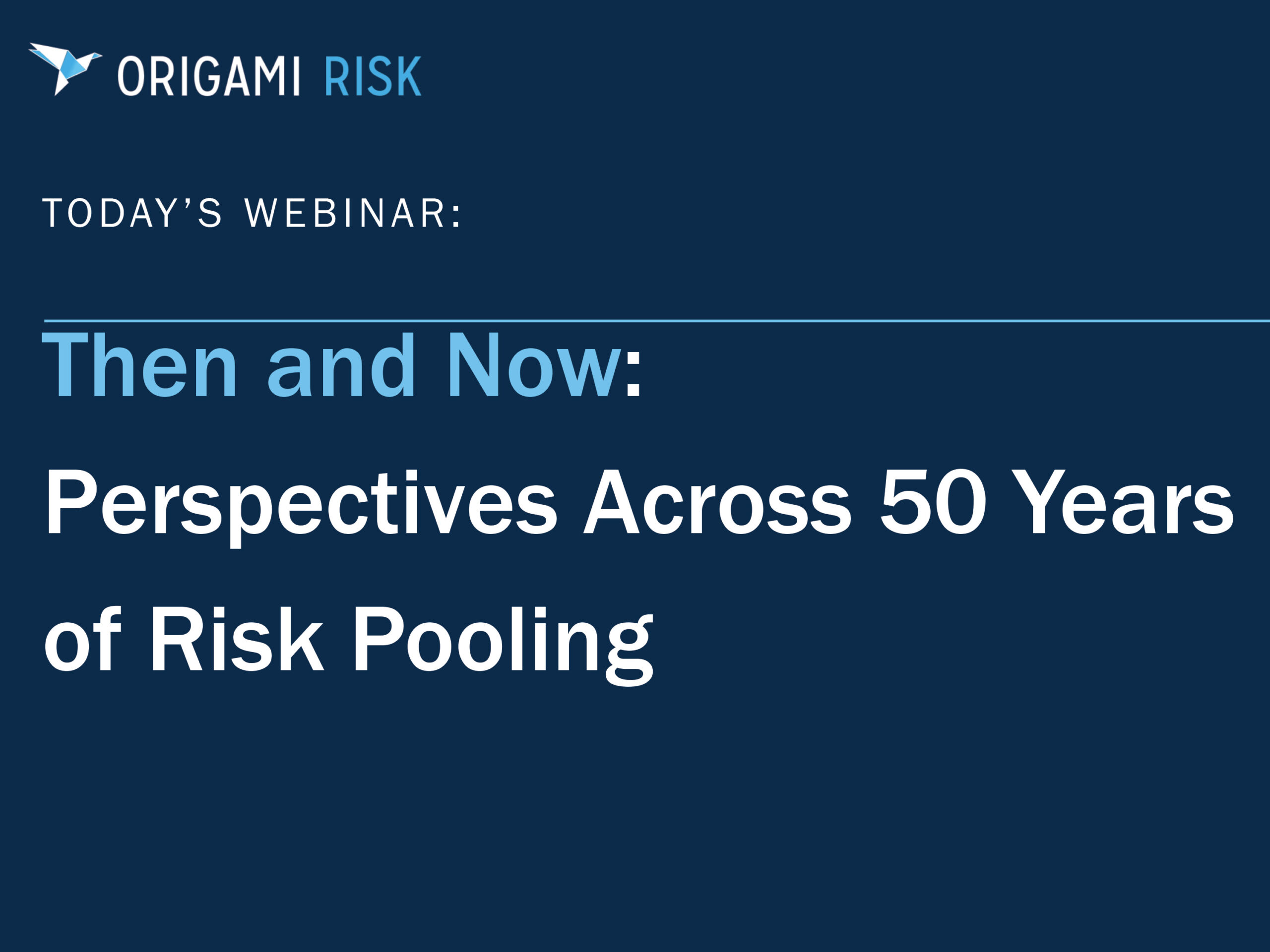ASHRM’s 2020 President Talks Career, COVID-19’s Impact on the Health Care Industry, and More
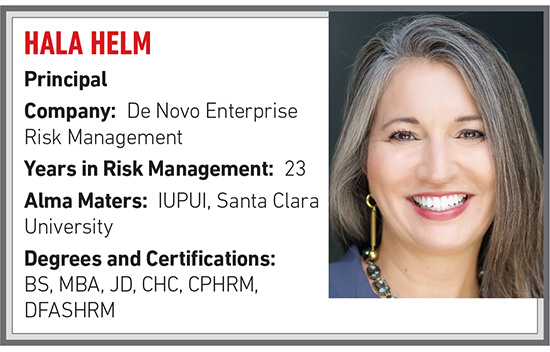
R&I: What was your first job?
I was a cytotechnologist working in a hospital laboratory. A cytotechnologist is a lab technician who looks at cells under a microscope to determine if there are morphological changes that indicate cancer or pre-cancerous conditions.
I was fortunate that I worked in a hospital where cytotechnologists could work with pathologists to do fine needle biopsies and have interactions with other departments. That experience helped me understand that while I do enjoy detailed, solitary work, I also enjoy working with others and gaining a broader organizational perspective.
R&I: How did you come to work in risk management?
I was just finishing up my MBA and the organization I worked for was working under a corporate integrity agreement. As a part of that agreement, the organization was required to develop a compliance program with an emphasis on the laboratory. Because of my expertise, I was asked to lead that effort. This began my career in the legal and regulatory compliance aspect of risk as a compliance auditor.
Risk management and corporate compliance both were under the management of our general counsel. Because of the reporting relationship, I got to know the director of risk management very well.
One day, he said he was going to form a captive insurance company and asked if I would help. I had no idea what a captive insurance company was, but I didn’t know what compliance was when I started in that either. So, I went along for the ride and learned as much as I could along the way, and that’s how I got into risk management.
R&I: What’s been the biggest change in risk management and the insurance industry since you’ve been in it?
The biggest change has been the shift towards enterprise risk management.
When I first started in health care risk management, the conventional wisdom was that risk managers were nurses and their focus was on patient safety and patient harm. My path was unique in health care in that I started out in the insurance world with a legal and compliance and regulatory background. But today, more and more people are wearing multiple hats and taking on more roles and responsibilities and having more of an enterprise-wide perspective on risk management.
I think that is to the benefit not only of the profession but also to the organizations that we serve. Looking at risk holistically has enormous benefits, and we are now seeing the results of breaking down those silos.
R&I: What’s the biggest challenge you’ve faced in your career?
There’s a lot of things that can fall under the general umbrella of risk, and they all interest me. I think because of that I’ve always been interested in having my fingers in a lot of different pies, and I tend to go a mile wide and an inch deep rather than being a specialist in one area.
So, I would say that my biggest challenge has been developing those deep pockets of expertise so I can be prepared when those risk events inevitably pop up.
R&I: Has the COVID-19 pandemic influenced health care risk management? In what ways?
In health care, we’ve been preparing for this our entire careers. I can’t tell you how many table-top exercises I’ve done or how many practice exercises of donning and doffing protective equipment without contaminating yourself.
And we’ve had to use it at certain times with Ebola, with H1N1, but never with this level of magnitude in the United States. So, in some ways, we’re prepared. I think it’s the magnitude of the problem hitting all at once that’s overwhelming.
The American Society for Health Care Risk Management has what we call the ASHRM Exchange, in which people post questions and crowdsource answers. Some of the questions are as you would expect, such as, how do we cope with this disease and its dramatic influx of patients?
Other discussions I have found more interesting, because they challenge conventional wisdom. In normal times, we would have known exactly what to do, but now we’re challenged to fully understand things in a more complicated timeframe. It’s times like this that I’m thankful for a group of colleagues who care about what they do and about providing their expertise to others. We’ve really risen to the occasion and that makes me proud.
R&I: Who has been your mentor(s) and why?
Jeffrey Driver, who was formerly the chief risk officer of Stanford Hospital and Clinics and then later the Risk Authority. I worked for him, and he was a great mentor to me, because he really thinks outside the box and in innovative ways about risk management. I hadn’t worked in that kind of environment before. Jeff has a great mind and he thinks on his feet a lot but along with that his mind can wander a bit. If you’re trying to get something done it can be disconcerting to suddenly change midstream. Jeff is so ahead of his time in the way he thinks about risk, and he challenged me to think creatively about it too.
I was also fortunate to work closely with Fay Rozovsky who just recently passed. I was fortunate enough to be selected as faculty for ASHRM, and Fay was the team lead for those modules. As I began teaching, she very patiently mentored me about conveying material to broad audience in an engaging way. Those lessons have stuck with me for years, and I am thankful to her for it.
R&I: What is the risk management community doing right?
We’re not afraid to ask questions or admit that we have don’t know the answer, but somebody usually does. So, I find that we’re humble when it comes to admitting what we don’t know, and we are open to helping others when we do know. I’ve mentioned the ASHRM Exchange network. Health care risk managers’ collective wisdom is so great. And I think that that’s something we do really well — tapping into that collective wisdom.
R&I: What could the risk management community be doing a better job of?
We don’t always know how to sell ourselves, especially to our executive leadership. We don’t necessarily blow our own horn enough. I’m as guilty of that as anyone.
I recently left a job where the CEO was trying to figure out what skillsets would be needed when I departed. Of course, I was asked what I was working on, but it was difficult for me to articulate and say, “Well, this is what I do. This is what you’re going to need to replace.”
Because I didn’t always think about it. I don’t catalog the list of accomplishments or things that I do every day that helped the organization. I like to think that the other side of the coin is that we tend to be a very humble profession.
R&I: How would you say technology has impacted the risk management profession?
We’ve definitely seen some improvement, but we’ve also seen some parallel risks emerge that we wouldn’t have anticipated maybe 20 years ago. Technology is great until it isn’t.
We’ve certainly had challenges in health care risk management litigation with electronic medical records (EMRs), especially being asked to share parts of those with plaintiff’s attorneys and defense attorneys. On the other hand, I would say that EMRs have really helped us in terms of record legibility and that’s been a big benefit.
Health care also has seen the growth of incident management databases. Those software products have certainly grown and improved. Cyber liability and cyber risk have also grown proportionately. I couldn’t have imagined at the beginning of my career that hackers would start taking medical records hostage or there’d be all these types of ransomware attacks.
R&I: What’s your favorite book or movie?
I tend to revert back to my childhood books. I am very fond of the Chronicles of Narnia. Those are my comfort books, and books that I gave my own kids and grandkids as gifts.
R&I: What is your favorite drink?
I am sitting here right now with a cup of peppermint herbal tea. I drink a lot of that. But if I’m being really honest, I’m going to have to say coffee. I wouldn’t get through the day without it.
R&I: What have you accomplished that you are proudest of?
I’m going to back up a little bit here. I started in compliance and then went to risk management. Then took a job doing compliance and risk together, and I’ve never really settled on a single path in my career. I got a law degree along the way and became a chief legal officer, too.
I had a recruiter call me, concerned that I hadn’t really settled on a track. And she said, “You know, you’re going to have to decide what you want to be when you grow up.” And I said, “No, I don’t think I’m going to, I think I’m going to keep doing whatever interests me.”
I’m proud that I stuck with that. I refused to stay in my lane and continued to do what interested me. It’s given me a broader perspective than I would have had if I stayed in my lane.
R&I: What is the riskiest activity you’ve ever engaged in?
I am likely the most risk tolerant risk manager you will ever meet.
Near the end of the Arab Spring, I went to Egypt because it was inexpensive. As we were departing for home, the second wave of the revolution started, and the people began rioting.
I had Egypt all to myself for the couple of weeks we were there. So much of Egypt’s economy is predicated on tourism and travel. They were so happy to see any tourists at all and just went really over and above what I would have expected. It was a great trip, except for the end. We weren’t sure we were going to be able to get out of Cairo. We literally got in the taxi and as we were driving away, there were people assembling in the square and a riot was breaking out. &

